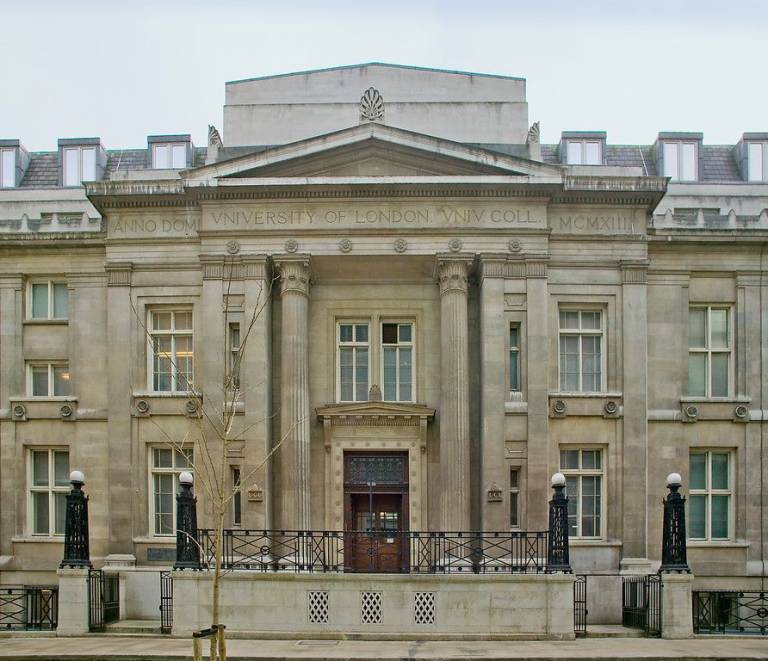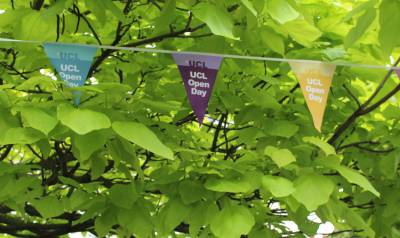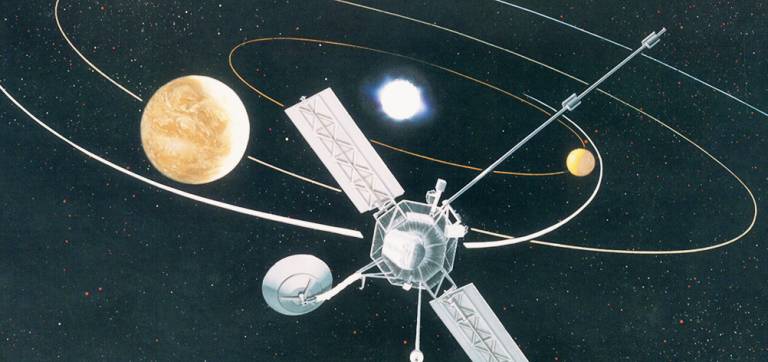Museum in Kathleen Lonsdale Building nears completion
30 January 2017
The Kathleen Lonsdale Building (KLB) is being refurbished and will provide a new space for the Rock Room museum, which will display the UCL geology collections to the public.

The Kathleen Lonsdale Building (KLB) is being refurbished and will provide a new space for the Rock Room museum, which will display the UCL geology collections to the public. The refurbishment is part of the Transforming UCL programme which will see an overall investment into the UCL estate of £1.2 billion over a 10 year period.
The works in the building continue to make progress with the ground floor area in the west of the building nearing completion. The updated floors will provide much needed departmental space including new offices for the Earth Sciences department, research laboratories and the Rock Room which will act both as a staff room and as the location for the museum one day a week.
The museum will house the very best from the Earth Sciences collections. Rocks, minerals and fossils collected over 175 years will be on display alongside individual collections of historical importance, such as the Johnston-Lavis Volcanology Collection. The museum will be open to the public on one day a week later in the year, after the refurbishment is complete. The Rock Room will also be used for the Department of Earth Sciences' activities in public engagement and outreach.
The refurbishment of the ground floor area is part of the continuing development of the KLB. Towards the end of last year a new state of the art Good Manufacturing Practice (GMP) laboratory was completed to support the latest techniques for the medical imaging of diseases, such as cancer and dementias.
KLB was originally constructed as the William Ramsay and Ralph Forster Laboratories in 1914. Over the years it has been adapted to suit different faculties and as a result has become somewhat fragmented, with complex circulation routes on upper levels.
The improvements being made to the building will improve the teaching, research and social learning spaces. The new building will fully accommodate the Earth Sciences department, which has previously been split between different locations, as well as parts of Chemistry (including Radiochemistry & Computational Chemistry) and AstroPhysics. The improvements are being conducted in a number of phases with completion expected towards the end of 2017.
To find out more about Transforming UCL then follow us on Twitter - @TransformingUCL
For more information about UCL Earth Sciences then please visit - www.ucl.ac.uk/earth-sciences
 Close
Close




